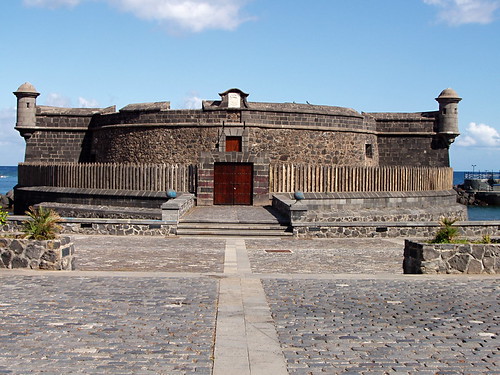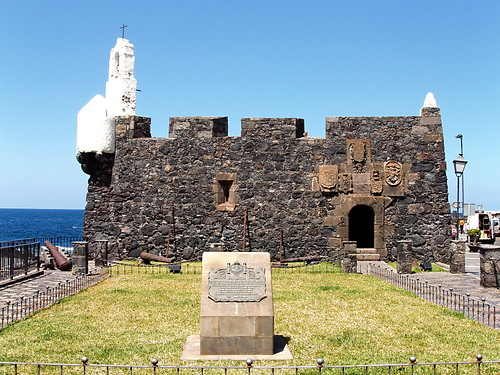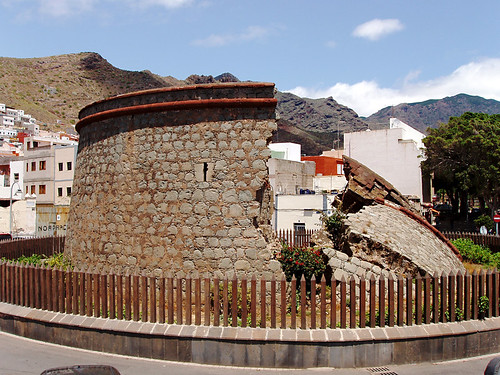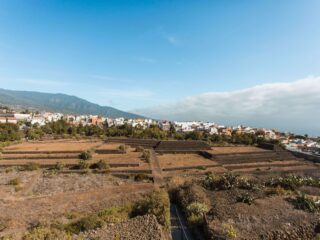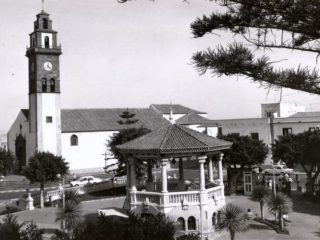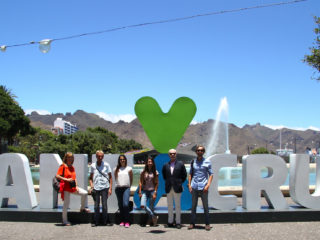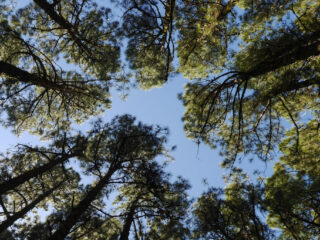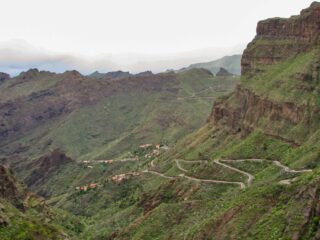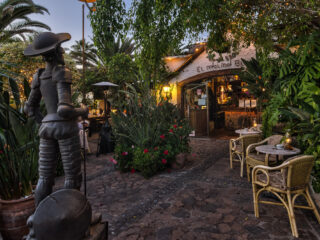It has always struck me that, for an island which for much of its history has held such a strategically important position on the world trade map, there are precious few castles on Tenerife, save for those that plop out of buckets and have flags stuck in them until the tide comes and washes them away.
You would think that, having fought so hard to take Tenerife from its original inhabitants, the Spanish would have immediately set about shoring up their defences so that no-one else could come along and steal their prize. But it would seem that the blueprint for Tenerife political life was set right back at the end of the fifteenth century when the policy of ‘do nothing’ was first established.
After the discovery of the New World, Tenerife became the gateway to trade between Europe and the Americas bringing her untold wealth and the attentions of every English and French ship sailing the Atlantic under the ensign of a skull and crossbones.
Despite repeated attacks on her major ports throughout the sixteenth century, Tenerife remained incredibly and completely bereft of any form of defence and it wasn’t until the invaders came under threat of invasion themselves that the thoughts of Tenerife’s settlers turned to the issue of strengthening island defences.
In 1513, with nerves on edge over the Spanish war with France, a committee was convened in Santa Cruz to agree a defensive strategy. Suggestions for the construction of a fort were dismissed on the grounds that a military presence may disrupt the “˜socio-economic rhythm’ of trade. The committee disbanded having left the defence of the island to the watchtowers and smoke signals that lined the coast scrutinising for foreign sails anchored beyond shipping routes.
No-one apparently thought to point out that, without fire power, the ability to spot an invasion as it happened was tantamount to selling tickets to your own demise and was probably not the sharpest military strategy ever devised.
Money talks
Economics eventually dictated common sense when, at the end of the 16th century, war impoverished Spain woke up to the fact that her treasury was completely dependant on gold and silver imports which came via Tenerife. Finally, moves were made to shore up that income stream.
Work began on fortifying Tenerife’s lucrative ports, beginning in Santa Cruz with the construction of the Castillo de San Cristóbal in 1575.
Sited in the centre of the bay on what is now Plaza de España, the castle became the centrepiece (and for 60 years the only piece) of the city’s defences.
At the same time, Tenerife’s wealthiest port of Garachico constructed the Castillo de San Miguel and a few years later the moated Castillo San Felipe was constructed in the port of La Orotava, now Puerto de la Cruz.
In 1604 as wine exports grew, the port of Santa Cruz was expanded prompting the need for further defences beginning with the construction of Paso Alto which became the mainstay of the port’s protection against the attempted invasion by Admiral Blake in 1657.
In 1641 the outbreak of the Portuguese revolution sparked further fear of invasion and the Castillo de San Juan Bautista, or the Black Castle as it was known, was constructed.
The addition of the Torre de San Andrés in 1706 made Santa Cruz virtually impregnable and by the time Admiral Nelson attacked the port in 1757 it had the firepower of 84 canon and 7 mortars housed in three castles, two forts, a tower and 12 batteries. What Tenerife lacked in numbers of castles, it made up for in defiant spirit when the Santa Cruz defences held against that attack by Nelson and the proudest day of the island’s military history was born.
